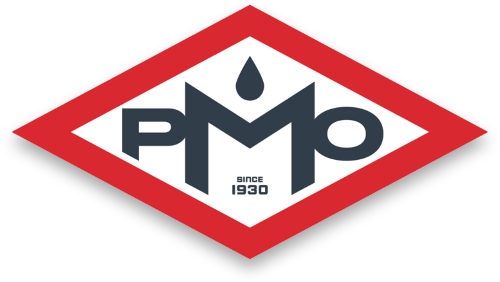9 Ways to Increase Fuel Economy During Cold Weather
Low temperatures can negatively impact your vehicle's fuel efficiency. The impact is even greater for hybrid vehicles. Fortunately, you can do several things to boost your vehicle's fuel efficiency in winter and save money.
Here are a few strategies to get you started.
1. Monitor Tire Pressure
If you want your vehicle to achieve maximum fuel economy, always check the tire pressure. Tire pressure will begin to change as temperatures start falling, resulting in lower fuel efficiency. When the pressure falls, immediately inflate the tires.
2. Park in the Garage
Parking in the garage helps you avoid the chilling temperatures out in the elements, but that is not the only benefit. Garages have warmer temperatures than the outdoors, which can positively impact fuel efficiency.
In contrast, if you keep the vehicle outside, the engine's fuel will become thicker. As a result, the vehicle will spend more energy lubricating the engine parts before the vehicle starts.
Also, when you park your vehicle in the garage, the interior of the vehicle will remain warmer. Hence, you don't have to use fuel to power a defrosting feature in the vehicle.
3. Don't Warm Up Your Car
A common misconception is that a vehicle's engine must warm up prior to driving. However, starting your car in advance is not the best method for warming up the engine or making the interior more comfortable for passengers.
The best alternative is to start your vehicle when you intend to leave, but maintain low speeds to begin with. As you slowly begin your travel, you keep moving towards your destination while warming up the engine.
4. Avoid Snow
When you drive through snow, the vehicle's tires will face increased resistance, and the engine has to work more to turn the tires. An overworked engine burns more fuel and reduces the vehicle's fuel efficiency. The solution is not to stop driving in autumn or winter, but to avoid roads with snow when possible.
5. Avoid Winter-Blend Gas
Many refineries start to produce winter-blend fuel in autumn. This type of fuel can evaporate easily at lower temperatures, resulting in quicker engine starting. Also, winter-blend fuel can help the engine operate more smoothly during the colder months. Unfortunately, winter-blend fuel has less energy than its summer counterpart, meaning it has worse mileage.
6. Combine Your Trips and Errands
You may have several trips and errands throughout the day or week. If you drive your vehicle for each individual errand, you will spend lots of fuel. Since vehicle engines have lower fuel efficiency in winter and autumn, you may spend much more to fuel your vehicle.
A better approach is to combine the various errands within the same day and do them at once. For example, you can go shopping as you pick up the kids from school. As a result, the engine will not cool entirely between the stops, leading to less fuel usage.
7. Get a Tune-Up
As the temperatures begin to fall, check your vehicle to ensure every part performs at peak efficiency. Your mechanic can check the wheel alignment, inspect the battery, and change the oil.
8. Avoid Excessive Weight
The engine burns more fuel when the vehicle carries heavy loads. If you have any necessary objects in the trunk, such as bike racks, remove these items. You can also eliminate roof racks to reduce wind resistance as well as weight.
9. Drive Carefully
You should always drive carefully at all times to be safe on the roads, but exercise extra caution in winter. When you drive aggressively and do hard braking, your vehicle uses more fuel. Instead, modify your speed to fit the unsafe winter road conditions.
Get Emergency Services
Sometimes, your vehicle can run out of fuel unexpectedly. In this case, Paul Murray Oil Inc. can offer full-service fuel delivery at short notice. We have outstanding customer care and provide the highest quality products.
Contact us for more information.
Office Hours:
Mon - Fri: 8:00 am - 5:00 pm • Sat - Sun: Closed •
24-Hour Emergency Service for Commercial Customers
2900 Phoenix Ave,
Jacksonville, FL 32206
